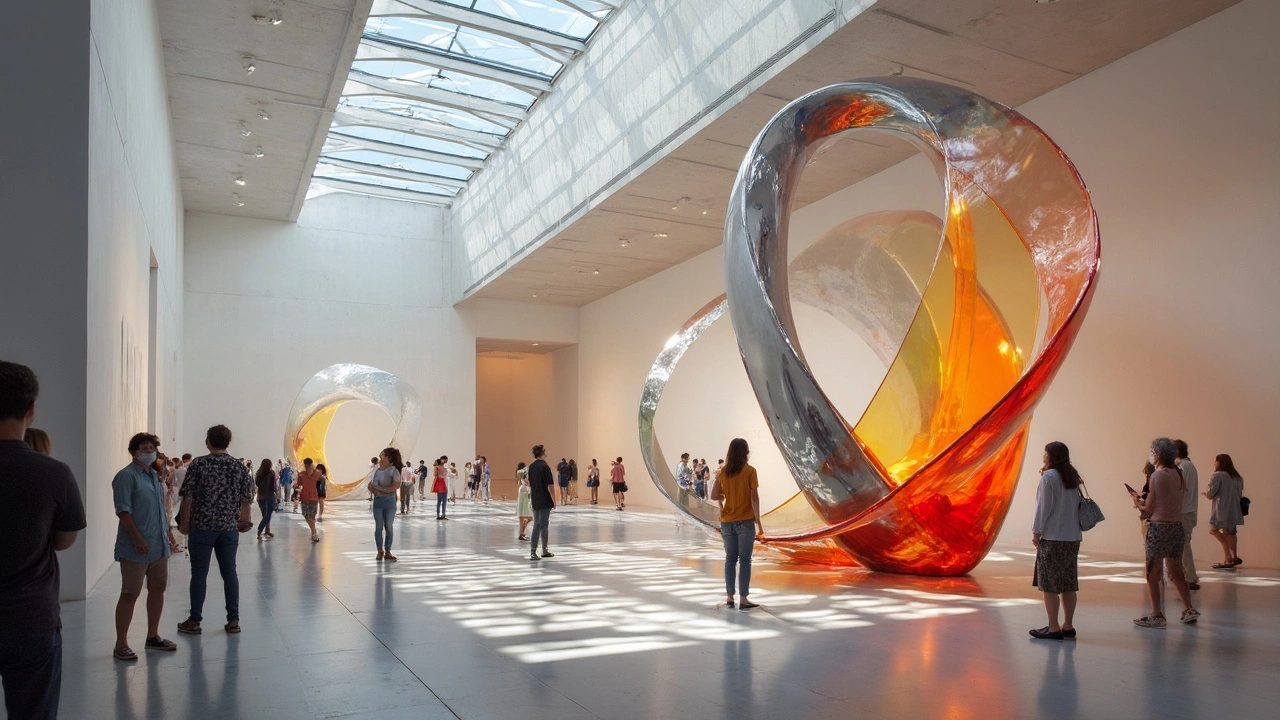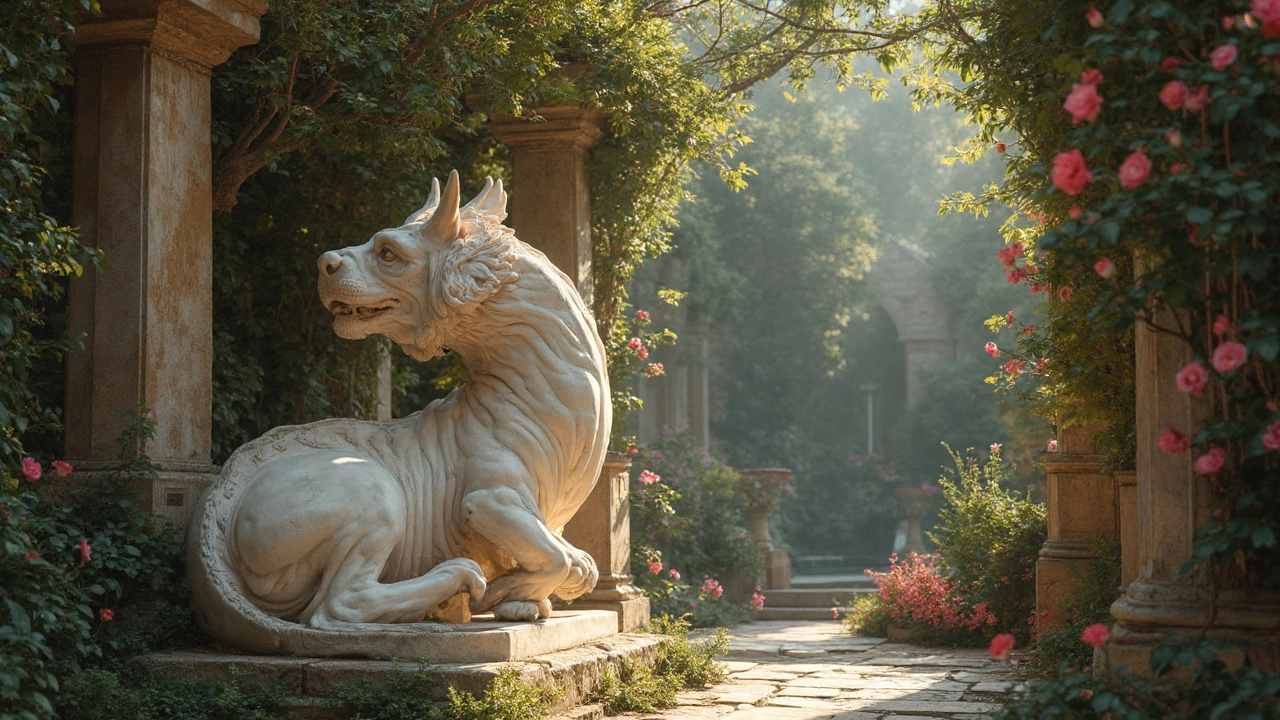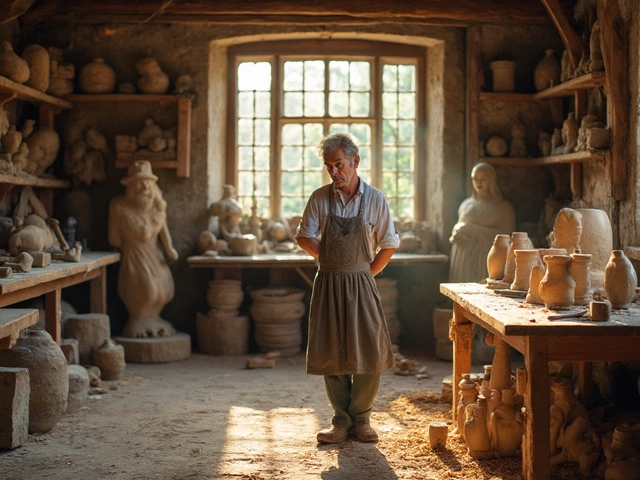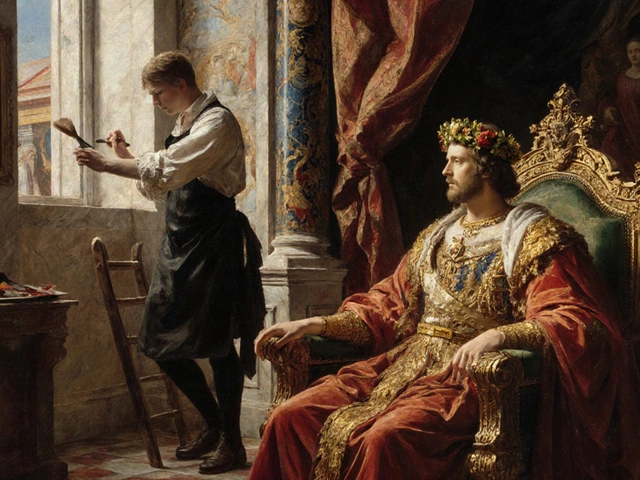Have you ever stood in awe of a sculpture, wondering how a chunk of rock or a piece of metal could turn into something so captivating? Well, that's the magic of sculpture art. It's like bringing a bit of imagination into the real world, with each piece telling a story.
Sculpture isn't just one narrow style; it's a whole universe of creativity. From the grand marble statues of ancient times to today's quirky, abstract pieces made from recycled materials, sculpture art has a style for every taste and curiosity.
For those of you itching to dive into this art form, it's important to explore how different styles have evolved over time, and how they reflect the world around them. With some clay or a chisel, you might just find your artistic calling right where you least expected.
- Understanding Sculpture Art Styles
- From Classic to Contemporary
- Techniques and Materials
- Tips for Aspiring Sculptors
Understanding Sculpture Art Styles
Alright, let's get real about sculpture art. For many of us, it might conjure up images of Greek gods sculpted in marble. Classic styles like those of ancient Greece and Rome are all about capturing human beauty and emotion. But hold on, that's just the tip of the iceberg.
As centuries rolled on, artists started getting bolder. The Renaissance brought back classical ideas with a twist. Michelangelo's David isn't just a dude carved out of stone; it's a masterpiece that stands for more than its materials. Move on to the 19th century, and you've got artists like Rodin making waves with pieces that bend the rules of realism.
Fast forward to the modern era, and things get wild. 20th-century movements like Cubism shook things up by exploring forms in more abstract ways—think of it as fine art with an edge. And let's not forget Surrealism, where sculptures seem to pop straight out of a dream (or maybe a really weird movie).
Today, 3D art has exploded into a bazillion styles. You can find sculptures in public parks that play with light and shadow in mind-blowing ways. This isn't just about making cool shapes; it's about connecting with people using new materials and tech, like 3D printing and virtual reality.
The beauty of sculpture art is how it reflects human creativity through different eras. Whether you're a fan of traditional styles or you love the avant-garde, there's something to appreciate in every piece. It's like taking a stroll through history and the artist's mind at the same time!
From Classic to Contemporary
Sculpture has been around for ages, really putting its stamp across history. Think of those ancient Greek and Roman sculptures, all about ideal human forms. Using marble and bronze, these sculptures weren't just static pieces; they were lifelike representations that carried stories of gods and heroes in every well-chiseled vein and muscle.
But time marches on, and so does art. Enter the Renaissance, where artists like Michelangelo took things to a whole new level with works like 'David'. It was still about human form, but the detail and emotion they captured were on another level, setting a new bar for sculpture art.
Fast forward a few centuries, and we hit the modern era, where things start to get more daring. Auguste Rodin and his 'Thinker' threw realism a bit out of the window. Instead of just showing a perfect body, Rodin's work dug deeper into human emotion and movement.
Then comes the fun part – contemporary sculpture. It's kind of like anything goes. Artists like Damien Hirst and Jeff Koons have flipped traditional ideas on their head. Whether they're using colorful balloon-like structures or making a splash with installations that shock and awe, contemporary artists embrace materials and techniques that are as diverse as their imaginations.
3D art isn't left out—technology brings yet another twist. Today’s sculptors are dabbling with new tech, like 3D printing, creating pieces that would have been unimaginable just a few decades ago.
If you’re thinking about dipping your toes in the sculpture art pool, don’t feel boxed into any one style. There’s room to draw inspiration from the classics, get wild with modernity, or mix it all in a uniquely you way!

Techniques and Materials
Diving into the nuts and bolts of sculpture art, we have to talk about techniques and the cool stuff sculptors use to bring their ideas to life. Whether you're a beginner or have been chipping away at stone for years, the methods and materials you choose can totally shape your art.
First up, the classics! Carving is perhaps the most traditional technique. Think of those stunning marble statues by Michelangelo. It’s all about removing material to reveal shapes within. Wood and stone are the go-tos here, but don't overlook soapstone for something softer.
If you're into building rather than carving, modeling might be your thing. With materials like clay, wax, or plaster, you get to add and shape to your heart's content. This style of work is often seen in 3D art of all kinds and is super forgiving; mess something up and you can usually fix it with a bit more clay.
Another technique that’s worth a look is assembling. This involves putting together various pieces like metal scraps, found objects, or even organic materials. Modern sculptors love this because you can use almost anything to convey an idea—recycled items are common, and it’s a fantastic way to make contemporary artistic statements.
Now, if you want your art to have that sleek or powerful metallic vibe, casting is the technique for you. It’s a bit more technical since it often involves creating a mold first, but the results, especially in bronze or other metals, can be jaw-droppingly awesome.
- Carving: Best for stone or wood, great for traditional pieces.
- Modeling: Perfect for clay, ideal for changing up designs.
- Assembling: Uses diverse materials, good for modern styles.
- Casting: Involves metal, offers a polished finish.
And hey, it turns out that over 35% of new sculptors start with clay, which is pretty encouraging if you're wary about diving right into stone or metal!
Tips for Aspiring Sculptors
So, you want to dive into creating sculpture art? Awesome choice! Whether you're dreaming of chiseling away at marble or creating quirky figures with clay, there are some handy tips that can kick-start your journey.
First, get comfortable with the material you choose. Each has its own quirks. 3D art often begins with clay or wax, especially for beginners. These materials are forgiving and let you experiment without too much pressure. Once you're confident, you might explore more challenging mediums like stone or metal.
- Take a class: Whether it's a local workshop or an online course, learning the basics from a pro will save you a ton of time and frustration.
- Invest in the right tools: You don't need to buy everything at once. Start with essentials like carving tools for clay or a sturdy chisel and hammer for stone. Trusty tools make all the difference.
- Experiment: Don’t be afraid to mix and match techniques. Combining different materials like metal and wood can create stunning effects.
- Patience is key: Sculpting isn't a quick process. It takes time, but the payoff when your vision takes shape is totally worth it.
Lastly, stay inspired and don't be too hard on yourself. Check out art exhibitions, join sculpting communities, or simply get lost in nature for fresh ideas. And remember, even the most famous sculptors started somewhere. Keep at it and who knows, your work might just be the next big thing!



